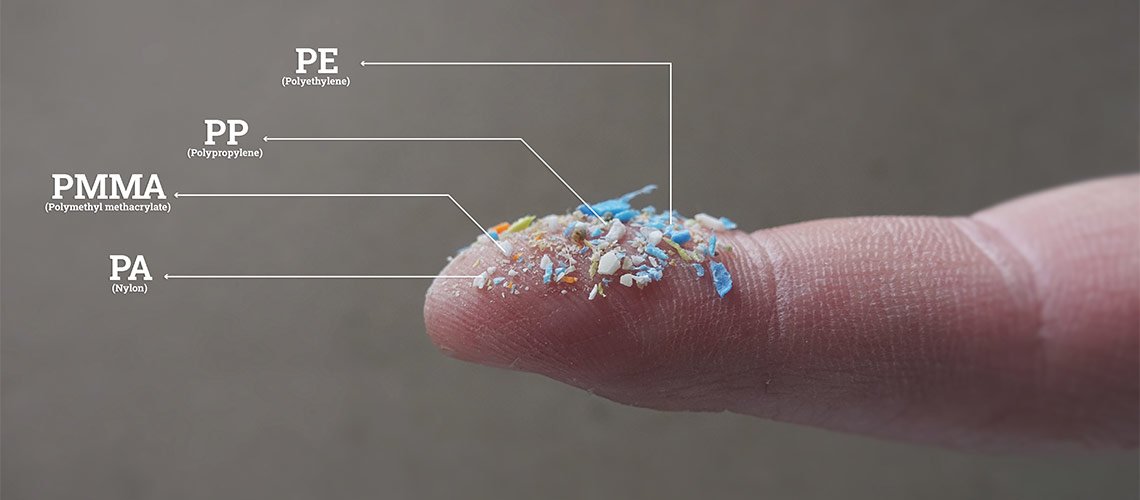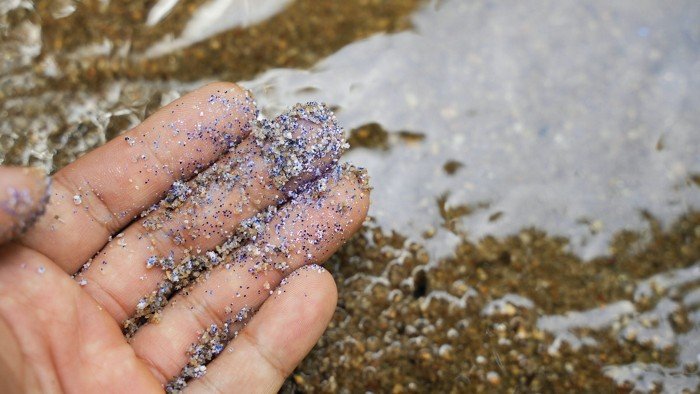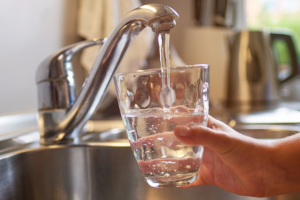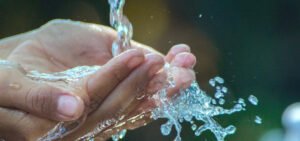Introduction of microplastics in drinking water
Microplastics are tiny plastic particles, less than 5 millimeters in size, that have been detected in Ohio’s rivers, lakes, and even drinking water supplies. As plastic production continues to rise, so does the risk of microplastics contaminating our water sources. Understanding the impact of microplastics in drinking water is crucial for ensuring clean and safe water for all Ohio residents.
What Are Microplastics?

Microplastics come from various sources, including:
- The breakdown of larger plastic items (e.g., bottles, bags, packaging)
- Shedding of synthetic fibers from clothing during washing
- Microbeads in personal care products like toothpaste and facial scrubs
These tiny plastic fragments make their way into water systems, where they remain persistent due to their non-biodegradable nature.
Microplastics in Drinking Water in Ohio
A recent Ohio Environmental Protection Agency (EPA) study confirmed that microplastics are found in many of Ohio’s rivers and lakes. Since these water bodies serve as drinking water sources, microplastics are also being detected in tap water.
While current levels in Ohio’s drinking water remain relatively low, scientists predict an increase in contamination due to the continued growth of plastic waste. This makes regular water testing and water analysis more important than ever.

Potential Health Effects of Microplastics
Although research is ongoing, studies indicate that microplastics in drinking water may pose health risks, including:
- Chemical Leaching: Microplastics can absorb and release harmful chemicals into water, which may then be ingested.
- Cell Damage: Some studies suggest microplastics can cause inflammation and damage human cells.
- Endocrine Disruption: Certain chemicals in plastics can interfere with hormone function, potentially leading to health problems.
- Accumulation in the Body: Once consumed, microplastics may accumulate in organs, causing unknown long-term effects.
Regular water quality testing and water sampling are essential to monitor contaminants like microplastics.
How to Reduce Microplastics in Drinking Water
While microplastics contamination is a growing issue, there are steps you can take to minimize its impact:
- Reduce Plastic Use: Opt for reusable products instead of single-use plastics.
- Proper Recycling: Ensure plastics are disposed of correctly to prevent them from entering waterways.
- Support Anti-Plastic Policies: Advocate for laws that limit plastic pollution in Ohio.
- Choose Microbead-Free Products: Use personal care products without microbeads.
- Improve Laundry Habits: Wash clothes in cold water and use a lint filter to capture microfibers.
- Check Water Quality Regularly: Conduct tests for water contamination, including microplastics.
If you rely on well water, consider water quality and testing to ensure its safety.
Take Action for Clean Drinking Water
The presence of microplastics in Ohio drinking water highlights the need for ongoing water testing and pollution reduction efforts. By making small changes in our daily lives and advocating for cleaner water, we can protect both human health and the environment.
- Check Your Water: Schedule a Water Test
- Learn More: Ohio Environmental Protection Agency





